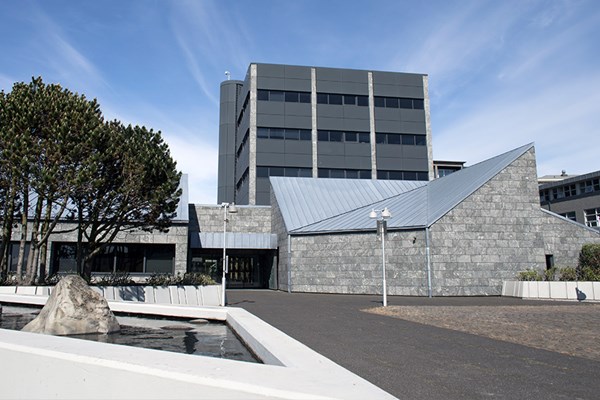Market expectations survey

The Bank’s market expectations survey was carried out on 1-3 February 2016. A total of 29 agents in the bond market, including banks, pension funds, mutual and investment funds, securities brokers, and licensed asset management firms were invited to participate. Responses were received from 17 market participants, giving a response ratio of 59%.
The results of the survey indicate that market agents’ inflation expectations have declined since the Bank’s October survey, particularly short-term expectations. According to the median response, survey participants expect annual inflation to average 1.9% in Q1/2016, 2% in Q2/2016, and 2.5% in Q3/2016. This is about 0.7-0.9 percentage points lower than they expected in October. The survey also suggests that respondents expect inflation to measure 3% in one year and 3.5% in two years, which is 0.5-0.8 percentage points lower than in the last survey. Respondents expect inflation to average 3.2% over the next five years, a decline of 0.3 percentage points from the October survey. Expectations concerning average inflation over the next ten years are unchanged between surveys, however, at 3.3%. Moreover, the survey indicates that respondents expect the EURISK exchange rate to be 139 in one year’s time, which is broadly unchanged from the last survey.
According to the median response, market agents expect the Central Bank’s collateralised lending rate to be raised by ½ a percentage point in H2/2016, to 7%, as they did in the October survey. The current survey indicates, however, that they expect the collateralised lending rate to remain unchanged at 7% in two years’ time. This is 0.25 percentage points lower than in the previous survey. At the time the survey was conducted, about 37½% of respondents considered the monetary stance appropriate. This is about 9 percentage points lower than in the last survey. The percentage that considered the monetary stance too loose or far too loose fell from 38½% to just under 19%, and the percentage who considered it too tight or far too tight rose from 15½% to nearly 44%.
See the market expectations survey here: Market expectations survey, Q1/2016
Further information on the market expectations survey can be found here: Market expectations survey
